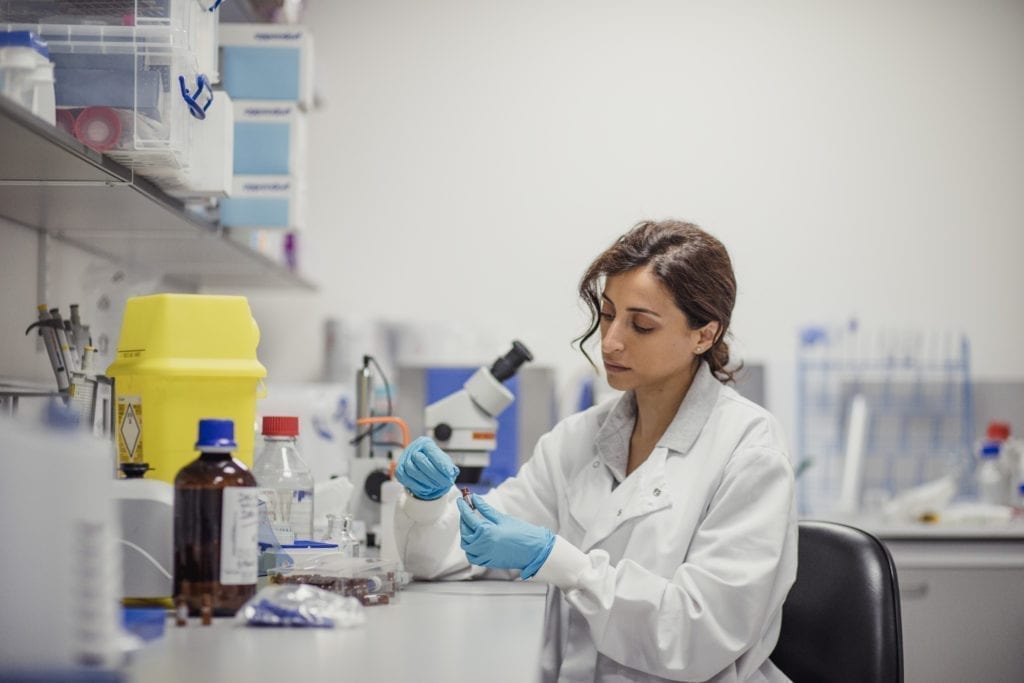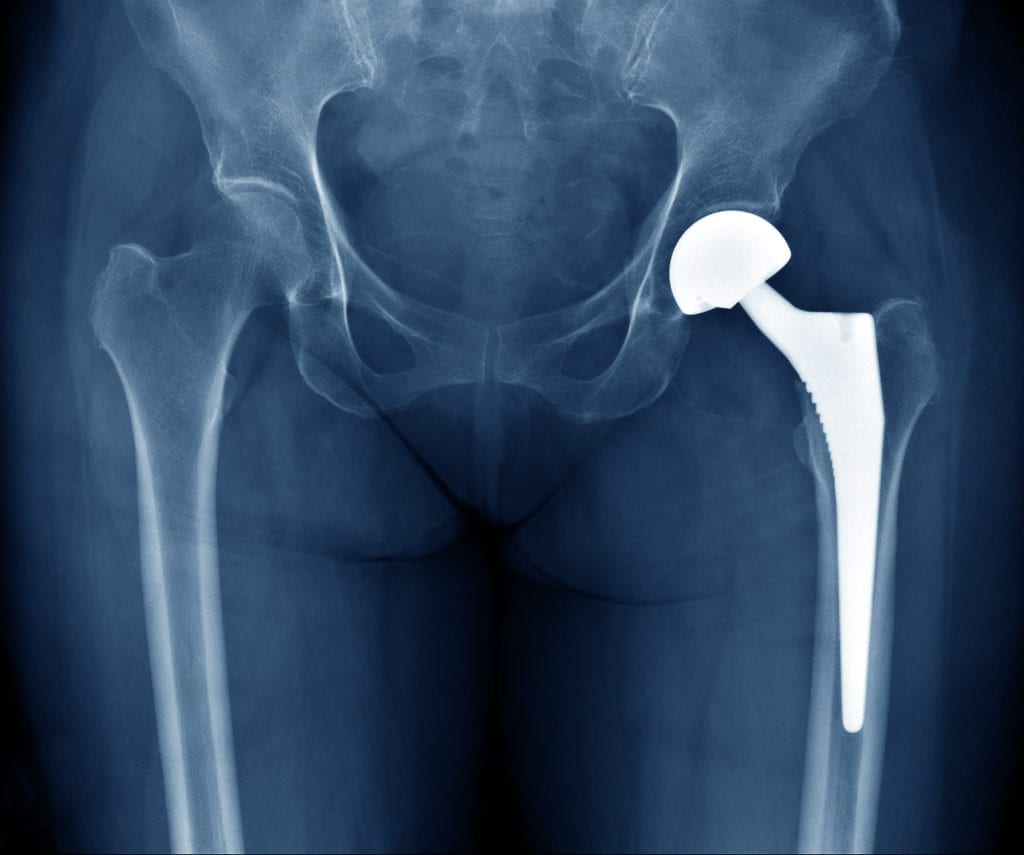The Dangers of the FDA 510(k) Process: How Drugs and Devices Skip Clinical Tests
Did you know that 32 million Americans have at least one medical device implant?
As the main regulatory agency charged with ensuring the safety and efficacy of drugs and medical devices, the Food and Drug Administration (FDA) is entrusted with the safety and well-being of countless Americans every day. Their mission statement describes the agency as being “responsible for protecting the public health by ensuring the safety” of products, such as medical devices and pharmaceutical drugs.
However, the reality is that many people are hurt by medical devices that have slipped through loopholes in the FDA’s regulatory framework. This includes the 510(k) Fast Track program.
What is the 510(k) Fast Track Program?
Americans want solutions, and they want them fast. In an effort to reduce the time it takes for a medical device to become available to the public, many manufacturers often use a fast-track premarket approval process known as the 510(k) Fast Track program when submitting their devices to the FDA for marketing approval.
Through this process, the manufacturer must demonstrate the device is safe and effective enough to be marketed without further testing. Thus, the length of the approval period is significantly shortened.
How Products Are Approved Under the 510(k) Program
For a device to be approved under 510(k), manufacturers must first file a Premarket Notification (PMN). The FDA will review the PMN within 90 days to determine which class the device falls into.
Devices are put into one of three categories:
- Class I: This class is considered “low risk” and involves devices not intended to treat potentially fatal conditions, or that won’t cause life-threatening harm if misused. Class I devices are available over-the-counter and not governed by the FDA.
- Class II: This class is for “medium risk” devices that are not typically intended to treat potentially fatal conditions but can cause harm if misused. Class II devices are eligible for 510(k).
- Class III: This class is for “high risk” devices that are intended to support or sustain life and present high risk of injury or death if misused. Class III devices are not eligible for 510(k).
In addition to this three-tiered system, the FDA allows what is known as substantial equivalency through the 510(k) program. This means that a new device can be approved if the manufacturer can demonstrate that it is as safe and effective as a similar, previously approved medical device, known as the primary predicate.
To prove substantial equivalency, the device must have:
- The same intended use as the predicate; and
- The same technological characteristics as the predicate;
Or
- The same intended use as the predicate; and
- Different technological characteristics, yet does not raise different questions of safety and effectiveness; and
- The information submitted to FDA demonstrates that the device is at least as safe and effective as a similar, the legally marketed previously approved device.
Proving a device is similar enough to another device already on the market bypasses specific testing. Because of this, almost two out of three 510(k) applications are cleared within six months.
Why the 510(k) Program is Faulty
The FDA’s 510(k) fast-track program often causes more problems than it solves.
Thousands of unsuspecting consumers might imagine that our medical device industry only delivers quality, life-saving products to Americans in need. However, the reality is that our medical device industry actually willingly bypasses important testing by expediting the approval process, skipping vital steps that could save lives.

Fast-tracking puts devices on the market with little to no specific testing. Because many products do not undergo important clinical trials, consumers end up being the true test subjects for manufacturers. New side effects and dangers are only discovered over the life of the device – and without clinical trials – unsuspecting patients can be injured.
To complicate matters, it is difficult to remove a device from the market once it has been approved, even if it has injured multiple consumers. If a device’s primary predicate is recalled, there is a significant chance that the substantially equivalent 510(k) device is also dangerous. However, the two products are treated separately, meaning the 510(k) device may remain on the market even if its predecessor was later proven dangerous.
Popular Medical Devices Recalled After 510(k) Program Approval
Many products fast-tracked through the 510(k) Fast Track Program have caused untold damage to countless Americans. Notorious devices include metal-on-metal implants and transvaginal mesh.
Certain hip replacements released to the public were made of titanium parts, which corroded when the joints rubbed together. This released metallic debris into the bloodstream, leading to a dangerous condition known as metallosis, or blood poisoning. These metal-on-metal implants received 510(k) clearance without additional clinical testing after proving substantial equivalence to earlier devices.

Another example, transvaginal mesh, received nationwide attention after the FDA received more than 3,000 reports of adverse reactions in just two years. Two such products – ProteGen bladder sling and Mentor ObTape – have been removed from the market. However, Avaulta’s vaginal mesh sling remains on the market, despite numerous side effects and lawsuits filed by recipients.
The FDA has since concluded that transvaginal mesh, originally labeled as having “moderate risk,” was linked with serious complications such as organ perforation, chronic infections, mesh erosions and other permanent damage.
Contact the Defective Drug Attorneys at Searcy Denney
Unfortunately, the FDA’s 510(k) program has caused many Americans to be unwillingly used as guinea pigs for uncovering dangerous side effects of medical devices that should have been properly tested beforehand. If you were harmed by a dangerous medical device, you are not alone. Thousands of injured individuals have taken legal action to stand up against Big Pharma.
Our team of experts understands the pain and heartache caused by dangerous medical devices. With our experience, we can help answer any of your questions so that you feel confident in your choice to seek legal remedy.
At Searcy Denney, we stand upon 45 years of experience helping our clients return to their normal lives after they are injured from the negligent and careless acts of others. We can help you, too. Find out how in a free, private consultation today by calling (800) 388-3905.
Share This


